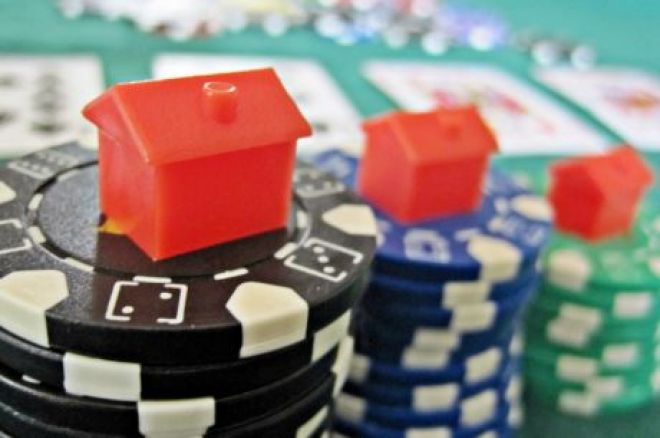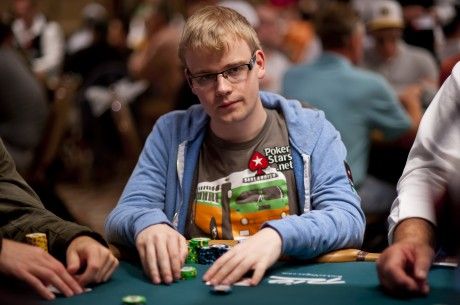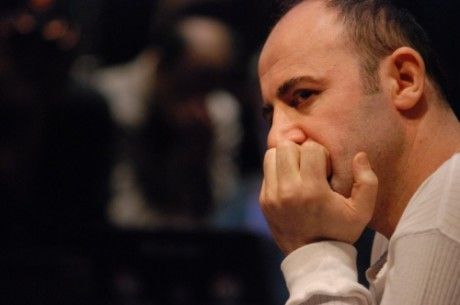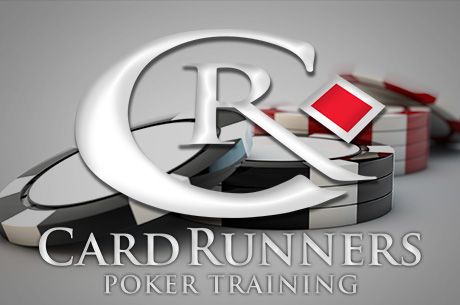Thinking Poker: Everything Has Its Price

A common bit of financial wisdom says that there is no such thing as a good or bad stock, only a good or bad price. Strong companies can be overvalued and weak companies can be undervalued, so what matters is not only the ultimate profitability of the company but what you pay for your share of it.
Much the same applies to poker, where there is very little you get to do for free. Even checking or folding comes at the ��price�� of a lost opportunity. Checking when you could have profitably bluffed or bet for value costs you money just as surely as does folding the best hand or calling from behind.
It��s a common mistake for poker players to focus only on the potential upside or downside of a wager and not pay enough attention to the price. This often leads to seemingly contradictory mistakes of sometimes paying too high of a price to play speculative hands and other times declining a very good price to play so-called ��trouble hands.��
Preflop, many players use the concept of implied odds to justify raising or calling with weak hands. ��If I flop well, they��ll never see it coming, and I��ll win a big pot!�� they tell themselves. Then, anticipating the excitement and monetary reward of that big pot, they make the call with 10?7?.
Of course it��s nice to win big pots, and 10x7x-suited does in fact have the potential to make a well-concealed monster hand. At no point, though, has our imaginary player considered the price he is paying for a shot at making that monster hand.
Often that is because the price seems small compared to the potential payoff. Perhaps you pay just $8 or $10 in a $1/$2 no-limit game to see a flop. That seems miniscule compared to the $200 or more you could win if you flop two pair, trips, or even a straight or flush.
Let��s call this the ��Starbucks phenomenon.�� Seemingly trivial costs �� ��Sure, $3 is a lot of money for coffee, but in the grand scheme of things it isn��t really a lot of money�� �� add up over time. Your odds of flopping two pair or better with 10x7x-suited are around 5%, which means that for every time you flop that strong hand, there will be 19 times you do not. If you pay $8 on each of those 19 occasions, then that��s $152 you need to recoup on that 20th occasion before you are in the black on this investment.
On top of that, $8 is not necessarily the only or final price. Sometimes you call that $8 just to see someone reraise behind you, forcing you to pay even more or forfeit your $8 without ever seeing the flop.
Other times you flop two pair and lose anyway. For example, if you get your money in with 10x7x against AxAx on a 10x7x3x rainbow flop, you��ll lose about 25% of the time.
Far more frequently than flopping two pair, you��ll flop a draw or a single pair. Then you��ll be faced with the prospect of calling additional bets trying to improve your hand or hoping that it can win unimproved.
Meanwhile, there are other situations where poker players actually overlook the fact that they are getting an extremely good price. In a tournament with antes, a player in the big blind facing a min-raise can easily be getting 4-to-1 or 5-to-1 on a call. At that price, even a lot of so-called ��junk hands�� are worth playing.
It��s true that two-thirds of the time you��ll flop nothing and end up check-folding to a continuation bet. And some of the times you do get a piece of the flop, you��ll still lose the pot. At 5-to-1, though, you can afford to give up on a lot of flops and still come out ahead on your preflop call. Rather than thinking of Qx7x-offsuit as a terminably unplayable hand, think of it as a generally bad investment but a bargain at the right price.
The most blatant example of this failure to recognize a good price occurs when players are faced with an all-in decision in a tournament. Although it is correct to place some value on your survival, many players take it to an extreme. The price �� potential elimination from the tournament �� seems high, but the potential reward in terms of chips won could easily be high enough to justify it. After all, having more chips is also a way of protecting yourself in future situations and may be the key to surviving a cooler or bad beat later in the tournament.
Admittedly, thinking in terms of price requires more effort, including some study away from the table, than just going with your gut about whether a hand feels like a winner. This kind of hard work, however, is what will separate you from your opponents. When they are the ones who pay too high of a price to play their hands, then you are the one who profits.
Photo: ��Gambling on the Housing Market,�� Images Money. Creative Commons Attribution ShareAlike 2.0 Generic.
Be sure to listen to Andrew and Nate Meyvis on the Thinking Poker podcast, and for strategy articles, reviews, and more from Andrew, check out the rest of The Thinking Poker website.
Get all the latest PokerNews updates on your social media outlets. Follow us on Twitter and find us on both Facebook and Google+!








